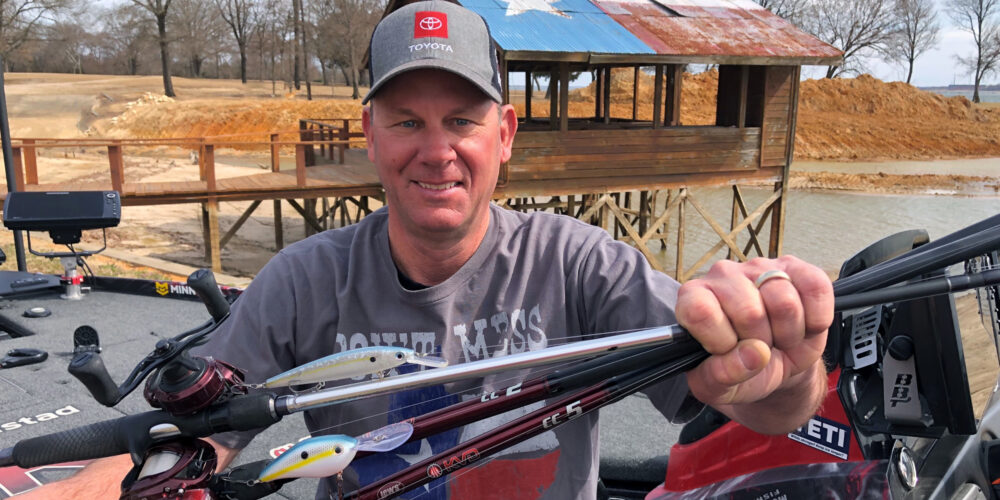In my previous column, I told you about some of the basic conditions and factors that I research in preparation for official practice for the tournaments I fish.
Once you’ve made your basic preparations and have a general frame of reference (overall weather trends and typical seasonal patterns) now it’s time to start honing in on what the specific conditions will be for the event. For this purpose, take advantage of technology.
The numerous websites and apps we have at our fingertips these days can save hours and hours of wasted practice time. Starting about 10 to 14 days out from an event, I’ll start watching current conditions and forecasts for the region closely. Weather apps such as Weather Underground, WeatherBug, WindFinder and MyRadar are just a few examples that I monitor daily.
In addition, there are bunches of websites that provide incredible information we didn’t have access to 25 years ago. Sites such as the USGS that report real-time water levels for rivers, creeks and reservoirs across the country are huge assets for practice. There are also sites that predict upcoming water levels for lakes and rivers that you can find with simple Google searches. Add to that the number of sites that report generation levels and schedules to give you a glimpse into the future of how much current you will have in a system.
Being able to see these projections ahead of time is a big advantage in focusing your limited practice time on potential patterns that are relevant to those conditions. Studying maps, Google Earth and digital products like LakeMaster mapping are all excellent ways to prepare for your practice as well.
I will often spend hours in my office scrolling through maps before events while forming my practice strategy.

Come prepared for any condition or weather situation during practice.
Time to Hit the Water
Everything I’ve talked about here so far can be done at home well before you hook up the boat to start practice.
Once it comes to getting on the water for practice, the number one mistake I see up-and-coming anglers make is to fish in practice as if they were in the tournament. After catching a couple of fish, they continue to catch fish in an effort to dial in the specifics of an area or pattern on that day.
The problem here is twofold: needlessly pressuring a potential area while getting too locked into a pattern or area that might only work on that day.
One of the biggest keys to my success through the years has been to use practice days to fish for the future. This is especially true if you can only practice on the weekend before an event, or if you have multiple practice and tournament days.
Trust me, fish and fisheries are far more dynamic than you might think; they are always changing by the day – sometimes even by the hour – especially in transition times like spring and fall. You must force yourself to practice for the future, for what is going to happen with the weather and conditions during the event, for what patterns are going to develop in the tournament.
Think of it this way: use the practice time to find potential areas and patterns and use the tournament time to dial in on the specifics of that potential under the tournament’s conditions. It takes discipline to leave fish and go searching for potential, but that’s the true nature of what practice is all about.
Remember, there’s no reward for winning practice. But perfecting your practice can get you a whole lot closer to winning the tournament.






Leave A Comment